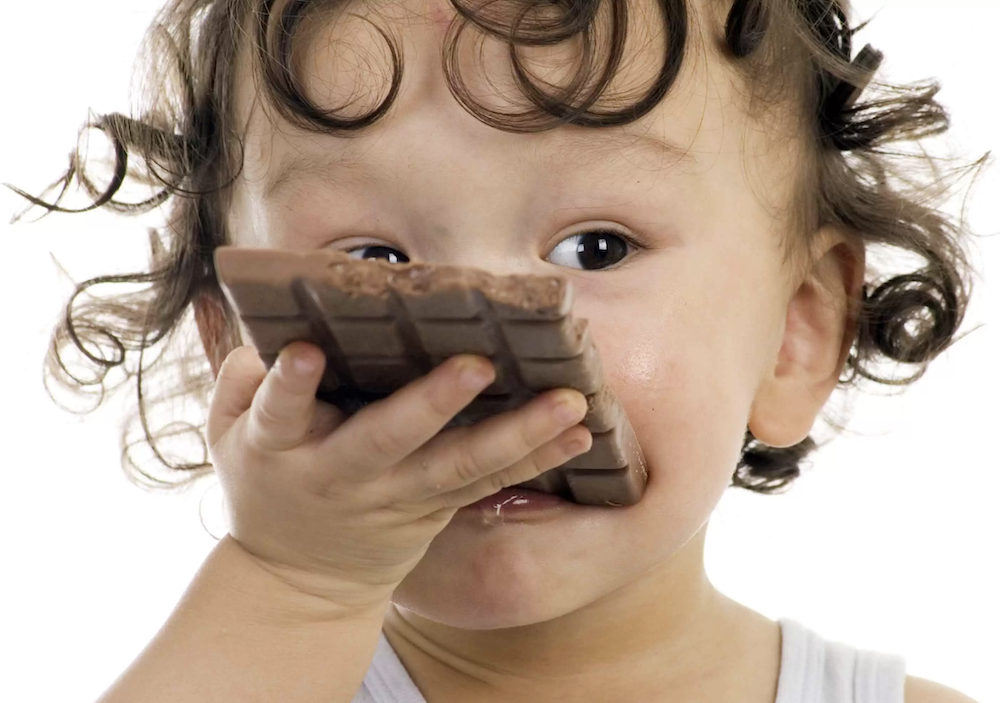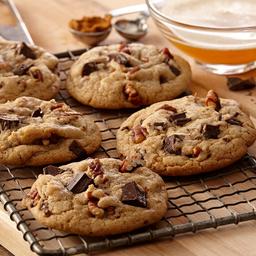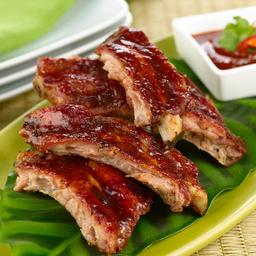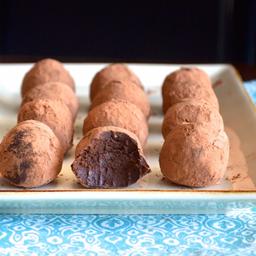
CHOCOLATE! Yep, that was our daughter’s first big word. It was a love affair at first taste…a love affair that persists today. But over the years, her tastebuds have evolved to discern and appreciate the varieties of chocolate, from sweet milk chocolate to bitter dark chocolate.
I have many friends who are obsessed with chocolate. One day, I watched my friend June close her eyes to fully immerse herself in tasting a morsel of chocolate as it melted in her mouth. June can tell you all about her favorite brands, why she prefers one over another, which has the highest level of chocolate (dark), and which are organically produced. To the casual listener one might think she eats chocolate all day long. Not so. In fact, she only craves a small piece of chocolate…once every day.
While June, my daughter, and many others celebrate their love of chocolate every day, July 7th is World Chocolate Day. It commemorates the introduction of chocolate to Europe around 1550. Chocolate comes from the seeds of the cacao tree, which has a long history of cultivation in Mexico, Central America, and northern South America. Today, Africa leads in cacao tree production. Originally, the seeds were finely ground and added to hot water to make the earliest form of hot chocolate. Europeans developed chocolate as we know it today by adding sugar and milk to offset the naturally bitter taste.
There are three main types of chocolate — white chocolate, milk chocolate, and dark chocolate. To make any kind of chocolate, one needs chocolate liquor (not alcohol), the base of all types of chocolate. It’s a thick, dark brown paste created from cacao nibs, the inside of the cocoa bean. The nibs are finely ground to a smooth texture and then heated. As fat from the nibs is released, the paste turns into a liquid that is formed into bars or chips. Or, under high pressure, this paste can separate into cocoa butter and cocoa powder (also called cocoa solids). Chocolate liquor is 100% cocoa and is very bitter. Adding ingredients like sugar, milk, and other flavors, creates the types of chocolate that we consume today. The U.S. Food and Drug Administration (FDA) sets classification standards for each kind of chocolate:

White Chocolate: The FDA requires white chocolate to contain at least 20% cocoa butter and 14% milk, and no more than 55% sugar.
Milk Chocolate: The FDA requires that milk chocolate contain at least 10% chocolate liquor and 12% milk.
Dark Chocolate: According to the FDA, dark chocolate must contain at least 15% chocolate liquor, but many dark chocolate bars and chips contain up to 90%. My daughter prefers 75% to 80% dark chocolate…just a little piece for a pick-me-up in the afternoon! Cocoa solids contain caffeine — a two-ounce serving of dark (70%) chocolate contains about the same amount of caffeine as a half cup of coffee.
Semisweet and bittersweet chocolate and cocoa powder are all considered dark chocolate. Both bittersweet and semisweet are interchangeable when baking and cooking. Bittersweet chocolate will give your recipe a deeper, slightly less sweet flavor than semisweet, so it’s up to your personal taste which to use. Cocoa powder is 100% cocoa solids that have been crushed to a powder. This is often the ingredient used in baking for deep rich flavor. It’s also used in rubs and added to a mole. I always start with unsweetened cocoa to make homemade hot chocolate. That way, I control the other ingredients and don’t overdo the sugar.
Chocolate lovers, like June and my daughter, rejoice in the knowledge that a piece of dark chocolate has positive health properties. The darker chocolates have higher levels of healthy properties and have less sugar …and less refined sugar is always better! Dark chocolate has flavonoids that contribute to relaxing blood vessels, improving blood flow, and lowering blood pressure. Better blood flow is good for your whole body, including the brain, resulting in better cognition. Flavonoids also help fight cell damage from aging. Dark chocolate is packed full of important minerals, including iron, magnesium, zinc, copper, and phosphorus… aiding in sleep and energy, and keeping bones and teeth healthy. Surprisingly, dark chocolate is high in fiber (who knew!), with about four grams of fiber per ounce.
Bonus, that feel-good feeling you get after consuming dark chocolate is due to polyphenols, an antioxidant that lowers the stress hormone cortisol. In fact, a study published in January 2022 found that participants who ate 85% dark chocolate daily maintained better overall moods than others who ate chocolate with less cocoa — or no chocolate at all. Even smelling chocolate can improve mood and even reduce hunger by suppressing ghrelin, the hunger hormone. Find me some chocolate now!
Just because dark chocolate is good for you doesn’t mean it’s wise to eat a lot of it. Two to four small squares a day (1-2 ounces) is an appropriate serving size.
Sweet Ideas To Celebrate Word Chocolate Day
- Host a chocolate-tasting session. Invite friends and family to a tasting. Blindfold the participants and see if they can determine which is what kind of chocolate. It’s tasty fun.
- Make your favorite recipe that includes chocolate with your children. The conversation will be priceless!
- Take a chocolate treat to a shut-in neighbor or make a batch of chocolate chip cookies for the folks at the senior center.
- Add chocolate to every meal…just for this day! Chocolate chip pancakes…Yum!
- Enjoy chocolate fondue. This is always a fun activity. Which fruits taste best in melted chocolate?
- Host a chocolate quiz. Here’s a great resource for Fun Facts about Chocolate



